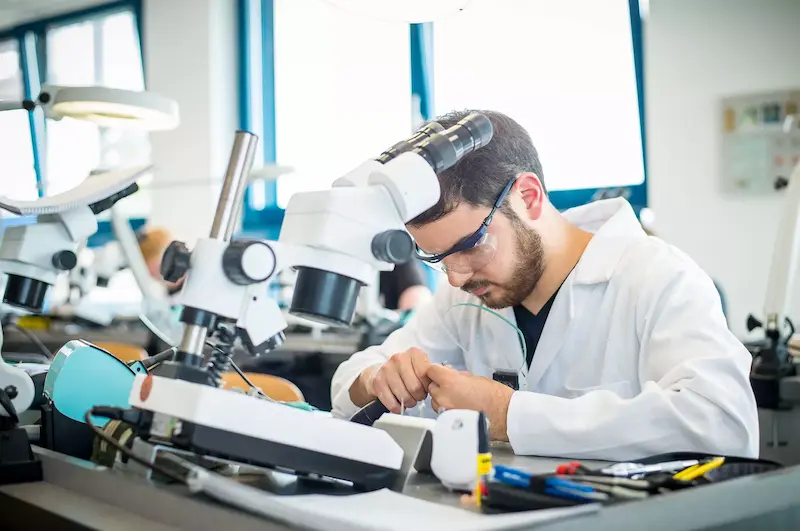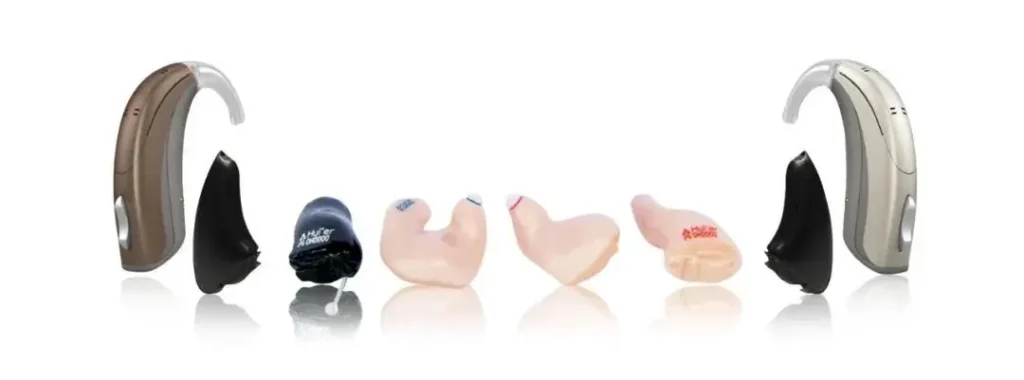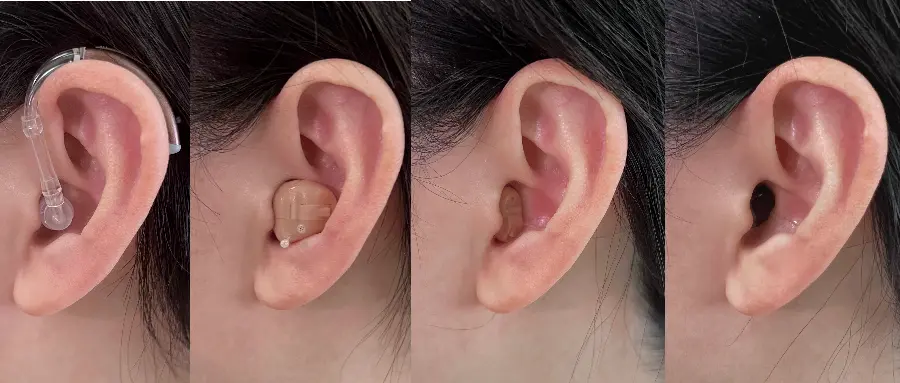
Some hearing aid wearers are curious to ask: “What is the entire development process of a quality hearing aid?” In fact, the R&D process of hearing aids is very complicated and cumbersome, and cannot be described clearly in a few simple sentences, so, today, in this article, we will give you an answer:

- Explore clinical needs
R&D engineers regularly discuss with Tengen’s team of professional audiologists and make return visits to old hearing aid users to find out the real clinical needs and pain points of the industry.
- Pre-research technology solutions
The R&D team prepares a number of alternative technical solutions, taking into account chip selection, circuit design, signal processing algorithms, fitting software and accessory design.
- Expert verification of the project
A team of experts from clinical, purchasing, production and marketing fields will determine the technical solution through strict validation and formally establish the project.
- Global Selection of Components
With a high sense of responsibility for the user experience, we select components globally from the dimensions of quality and performance with nearly stringent standards, establish a global supply chain, and never lower the standards for the sake of “patriotism”.
- Parameter compliance
Make sure that the electro-acoustic performance parameters of the new hearing aid, such as equivalent input noise (EIN), complete harmonic distortion (THD), frequency response curves at different input strengths (OSPL60, OSPL90), etc., greatly exceed the international standards (IEC or ANSI) and national standards (GB).
- Durable fatigue test
During the research and development process, we must ensure that our products pass the tests of drop-proof, salt spray, constant temperature and humidity, and alternating high and low temperature impacts, etc. We also need to adopt nano-coating technology to enhance the waterproof level of our products to ensure the durability of our products in harsh usage environments.
- Independent high-level testing
Tengen’s own high-level performance test system (such as group delay, multiple startup-release time, intelligent noise reduction effect under noise playback system, adaptive feedback suppression headroom gain, etc.) is established to assess the performance of signal processing algorithms to improve the listening effect in various acoustic scenarios in a multi-dimensional and comprehensive manner.
- Clinical pilot test
The new product is given to a “trial group” consisting of several Tengen’s hearing impaired colleagues for clinical trials. Only when there is a clear advantage in speech intelligibility and comfort in noisy environments compared to their existing hearing aids, can we then recruit more volunteers or Tengen’s old users to conduct a clinical trial to further validate the clinical effect in the same way as the clinical trial.

- Expert Acceptance Review
Clinical trial, the pilot report submitted to the expert group, using the international mainstream hearing aid after the subjective scale score for the comparison of the effect of new and old hearing aids, through statistical analysis to confirm that the product performance enhancement is significant to pass the final acceptance review, if not, we need to rectify the return to the clinical trial, the pilot until the final acceptance.
- Regulatory testing
Submit the final product samples to the government regulatory authorities designated testing organizations or full performance retest verification (electroacoustic performance, electromagnetic compatibility, electrical safety, biocompatibility, etc.), to obtain the test report.
- Medical Device Registration
Submit hearing aid Class II medical device registration materials and test reports to the government regulatory authorities for reporting, after a rigorous approval process to obtain the new product registration certificate and retain samples in batches.
- Improve the production process
According to the requirements of ISO13485, the quality management system of medical devices, to ensure the traceability of each component in the whole process of “design and development – procurement – production – quality control”, to ensure the quality of the product and the safety of the use of the product from the root.
After the above 12 rounds of interlocking steps, the development of a high-quality hearing aid is completed.







